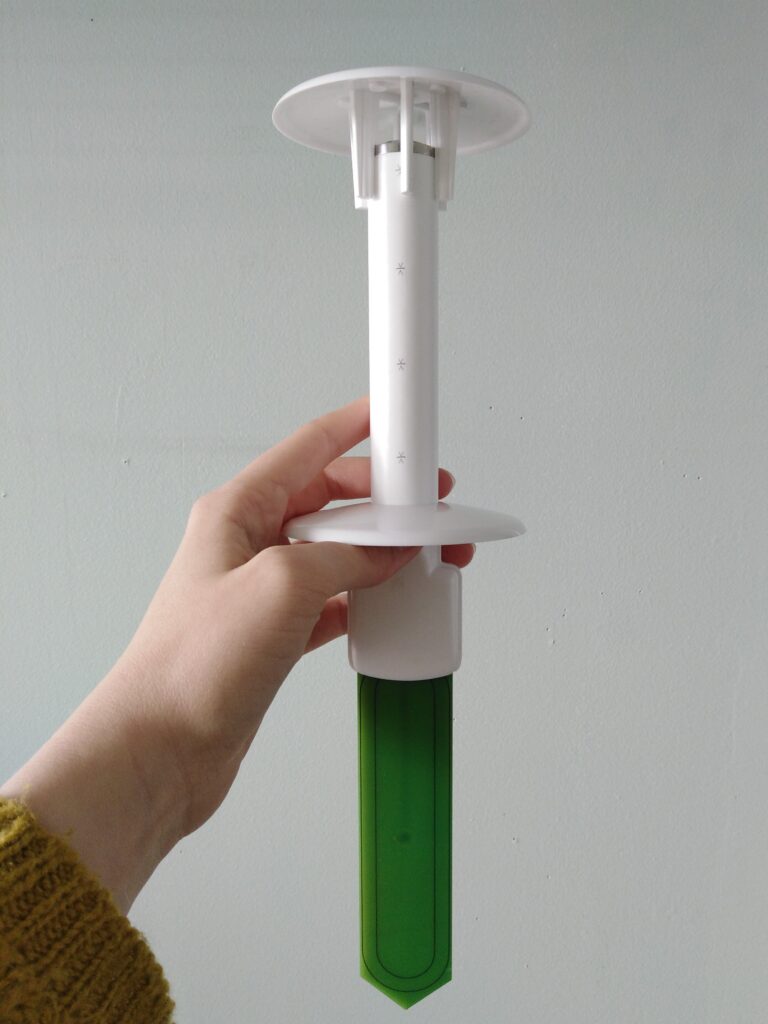The project aims at quantifying and modelling the processes relating microclimate to macroclimate, over a large spatial extent and fine spatiotemporal resolution. This will allow for the reconstruction of past microclimate from continuous measurements by weather stations. The ultimate goal of the IMPRINT project is to use this long-term reconstruction of forest microclimate to improve the predictions for species redistribution with climate change.
From a conservation perspective, this project will pave the way towards determining priority zones of climatic microrefugia. As sylviculture can mediate the relationship between macroclimate and microclimate, forest management strategies have the potential to mitigate the impacts of global warming on forest biodiversity.

This project is innovative for its methodological approach, combining complementary data sources to model microclimates:
- Temperature and soil humidity sensors (with a high temporal resolution)
- Weather stations (with a large temporal extent)
- Airborne LiDAR (with a high spatial resolution and large extent)
Two types of variables are susceptible to influence microclimate: topography (altitude, steepness, aspect…) and vegetation (density and cover of trees, shrubs and herbaceous plants). Dendrometric data will be acquired on the field to assess local forest stands characteristics. Lastly, wildlife inventories (flora and ground arthropods) will be conducted in order to explore the relationship between microclimate and forest biodiversity.
If you want to know more, go to study areas or data collection.


